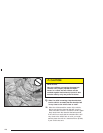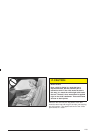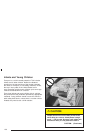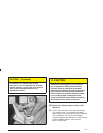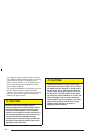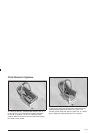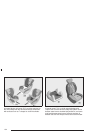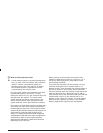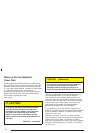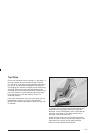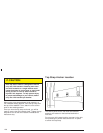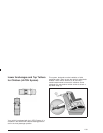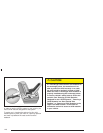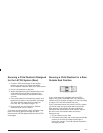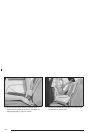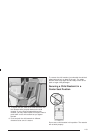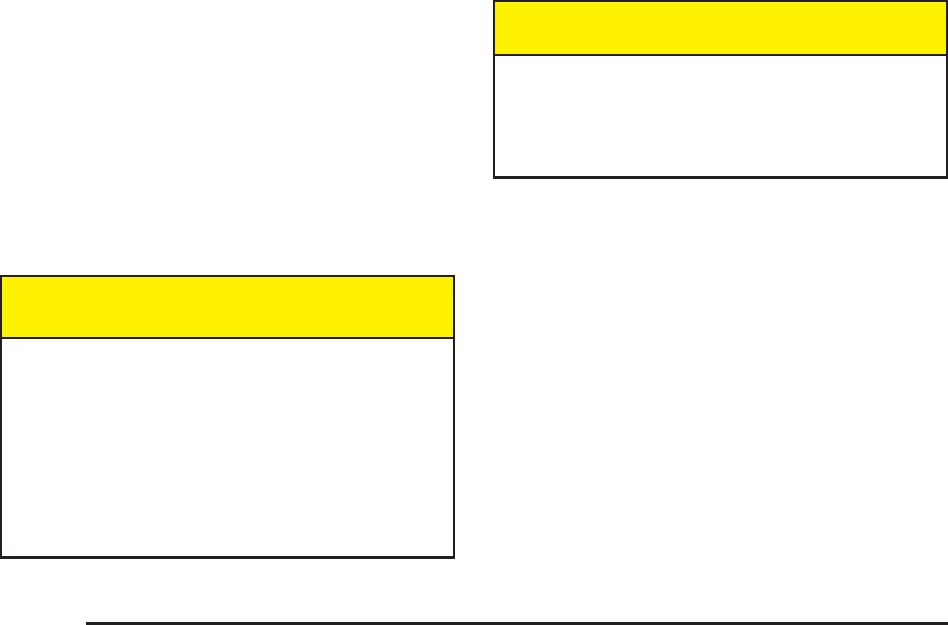
Where to Put the Restraint
(Crew Cab)
Accident statistics show that children are safer if they
are restrained in the rear rather than the front seat. We,
therefore, recommend that child restraints be secured
in a rear seat outside position, including an infant riding
in a rear-facing infant seat, a child riding in a
forward-facing child seat and an older child riding in a
booster seat. Never put a rear-facing child restraint
in the right front passenger’s seat.
Here is why:
{CAUTION:
A child in a rear-facing child restraint can be
seriously injured or killed if the right front
passenger’s air bag inflates. This is because
the back of the rear-facing child restraint
would be very close to the inflating air bag.
Always secure a rear-facing child restraint in a
rear seat.
CAUTION: (Continued)
CAUTION: (Continued)
If you secure a forward-facing child restraint in
the right front seat, always move the front
passenger seat as far back as it will go. It is
better to secure the child restraint in a rear seat.
There is a limited space in the rear seating area of a
crew cab pickup model. If you want to secure a
child restraint in a rear outside seating position of a
crew cab model, be sure to study the instructions that
came with your child restraint to see if there is enough
room to secure your seat properly. Do not secure a
child restraint in the center rear seating position,
because the restraints will not work properly.
If a forward-facing child seat must be secured in the
vehicle’s right front seat, the seat should be moved back
as far as possible. However, it is better to secure the
restraint in a rear seat.
Wherever you install it, be sure to secure the child
restraint properly. Keep in mind that an unsecured child
restraint can move around in a collision or sudden
stop and injure people in the vehicle. Be sure to properly
secure any child restraint in your vehicle – even when
no child is in it.
1-36



